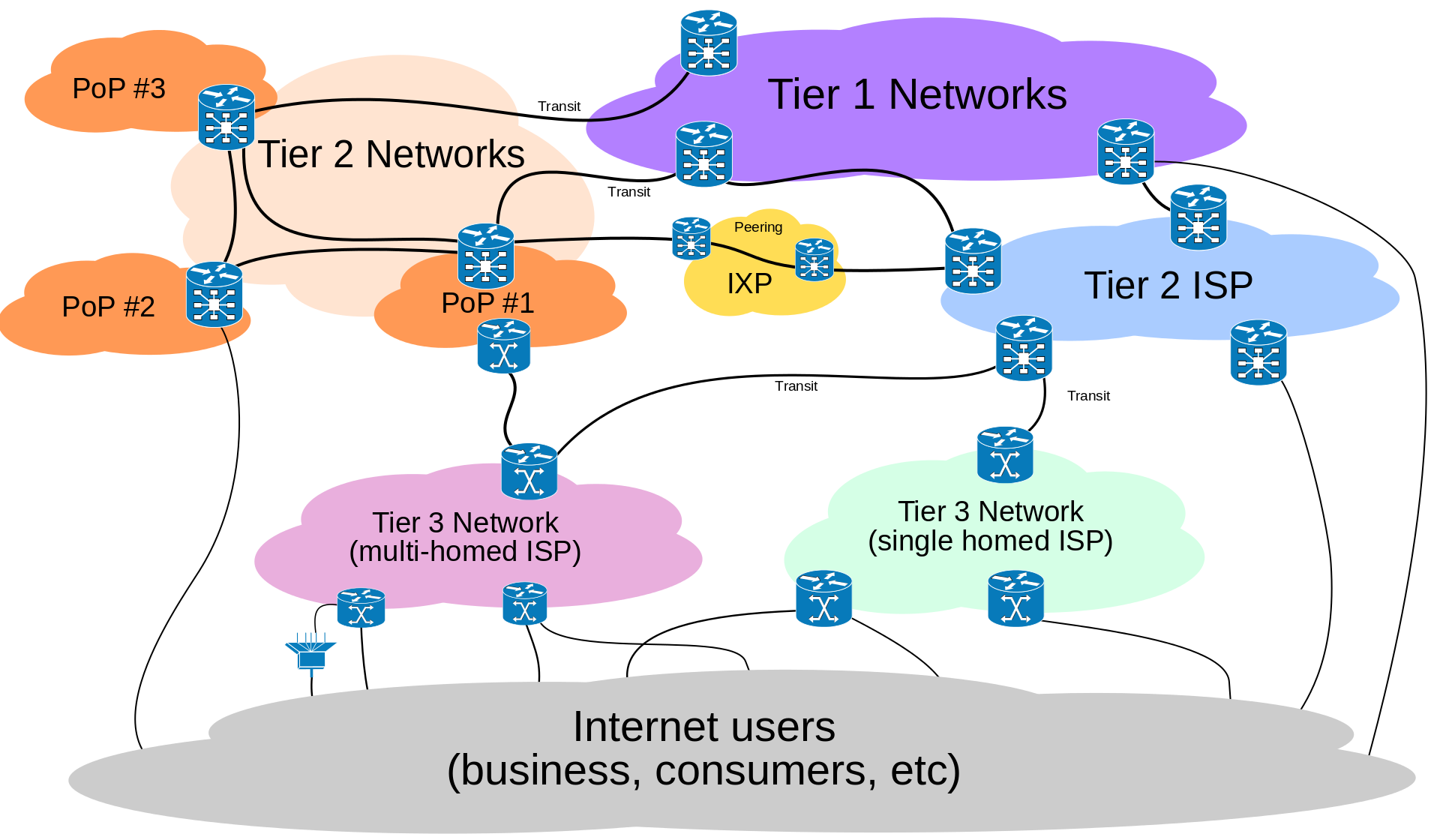I "tracerouted" google.com, facebook.com, 1023.io, netflix.com, itp.nyu.edu, tv.sohu.com, and taobao.com in school and at my place. One thing that is worthy to mention is that except google and facebook, when I used terminal to traceroute, they all failed to find routes after 64 routes. But when I use this website to "proxy trace" traceroute(http://www.yougetsignal.com/tools/visual-tracert), they all succeeded.
According to this image, Proxy Trace passed yougetsignal.com, but when I traceroute in my laptop terminal, traceroute didn't passyougetsignal.com. So I suppose that yougetsignal.com may optimize the traceroute method.
When I trace route at school, the routes that show every time are NYU.EDU, yipes.com, 62.216.147.186, telia.net, 198.199.99.241, 107.170.234.253, 198.199.99.253.
(note: TeliaSonera AB is the dominant telephone company and mobile network operator in Sweden and Finland. The company has operations in other countries in Northern, Eastern Europe, Central Asia, South Asia and Spain, with a total of 182.1 million mobile customers (Q1, 2013).)
When I trace route at home, the network providers that show every time are comcast.net and telia.net.
(note: Comcast Corporation is an American mass media company and is the largest broadcasting and cable company in the world by revenue. It is the largest cable company and homeInternet service provider in the United States, and the nation's third largest home telephone service provider. Comcast services U.S. residential and commercial customers in 40 states and the District of Columbia. The company is headquartered in Philadelphia, Pennsylvania.)
The major tier 1 providers in my life is telia.net.
Note: tier 1 network. The most common definition of a tier 1 network is a network that can reach every other network on the Internet without purchasing IP transit or paying settlements. I found this image in wikipedia.
A tier 2 network is an Internet service provider who engages in the practice of peering with other networks, but who also purchases IP transit to reach some portion of the Internet.
(IP transit: Internet transit is the service of allowing network traffic to cross or "transit" a computer network, usually used to connect a smaller Internet service provider (ISP) to the larger Internet.)
(Peering: In computer networking, peering is a voluntary interconnection of administratively separate Internet networks for the purpose of exchanging traffic between the users of each network. )
The term tier 3 is sometimes also used to describe networks who solely purchase IP transit from other networks (typically tier 2 networks) to reach the Internet.)

